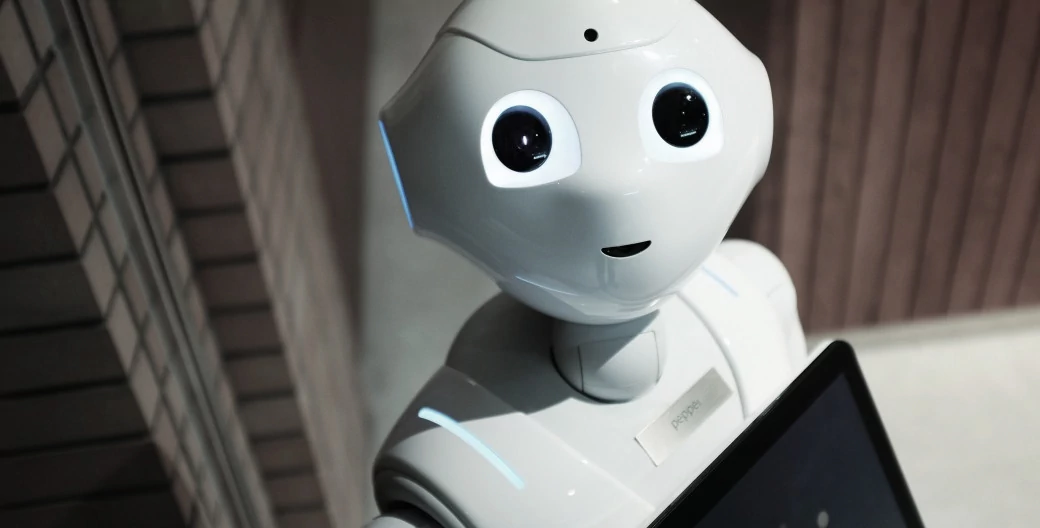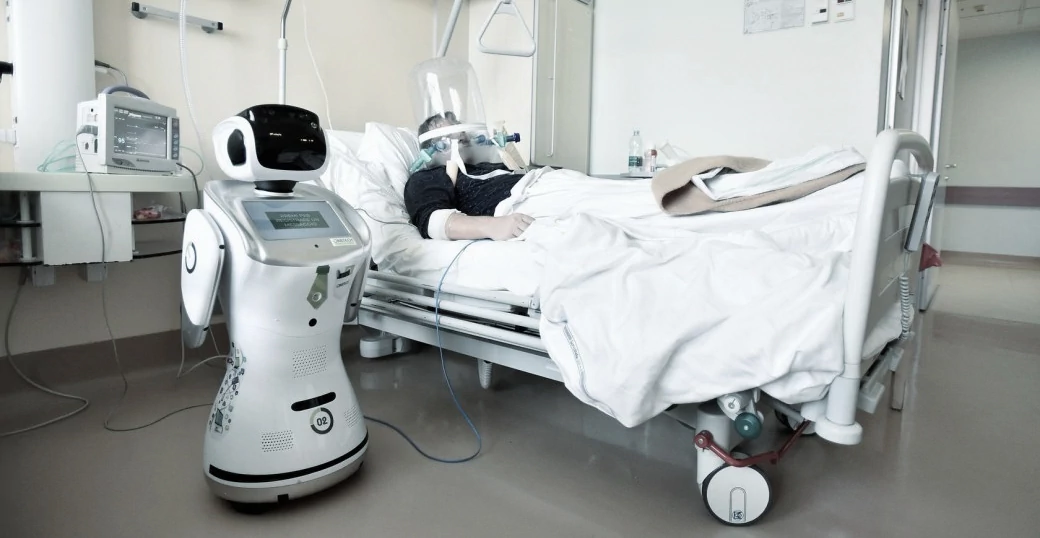|
Healthcare
|

|
Health care robotics is the quintessential area for application of Highly Autonomous systems. Because of the overall aging of the world's population, a shortage of Health Care workers is already happening on a global scale. Humanoid robots are the obvious solution, but without full, or at least high-level autonomy, these machines each need a human to control it, which doesn't solve the problem. Either that, or the robots are extremely limited in what they can do so far, as they use predefined rules and data for their autonomous functionality. |
To solve the problem, we need robotics that are as skilled as the human counterparts they need to replace. Especially in Elderly Care, where the circumstances are highly unpredictable, High-Level Autonomy is a prerequisite for any valid solution to the aging problem. We developed the ASTRID system with one of its primary goals being a solution to this current shortcoming in Health Care robotics. We aimed ASTRID's capability, to reason with analogous knowledge in the face of uncertainty, specifically towards these kinds of solutions. |
| © 2024 MIND|CONSTRUCT |

|
The COVID-19 pandemic has shown why Autonomous Robotics in health care is a must. In addition, patients can be highly contagious and therefore human health workers can get infected, which is another burden on the capacity of the medical workforce. |
Intelligent machines can work without any risk in highly contagious environments, with 24/7 availability. The available capacity can also be scaled-up immediately when needed, as one sufficiently trained machine's capabilities can be transferred to other units directly without any delay. With the availability of the ASTRID system, and in light of the recent pandemic, we expect to see this application-area develop explosively over the coming years. |
| © 2024 MIND|CONSTRUCT |

|
Closely related to the concept of Super Intelligence, the Deep Inference capabilities of the ASTRID system might uncover new insights relating to medicine and treatments, that are unreachable for human discovery. The cross knowledge domain capabilities of the ASTRID system largely transcend human capabilities. Firstly to acquire broad knowledge in many domains simultaneously, and secondly to be able to inference across those knowledge domains. The human solution to this problem is to create teams of specialists, but our human communication bottlenecks limit inter-human inference across those teams. |
This means that possible solutions to certain medical difficulties might simply be unreachable for humans to discover. The only way to solve these problems, at least for now and the foreseeable future, is to use the power of computers to overcome this bottleneck. But until now, we had no useful option to get the vast amounts of knowledge into a machine in such a way that a reasoning engine could use that knowledge. Enter the ASTRID system: a system capable of building a (very) complex world model across knowledge domains. This supports Deep Inference across all accumulated knowledge and all of the intricate relations that might uncover the insights needed to create the medical solutions that we are seeking. |
| © 2024 MIND|CONSTRUCT |
